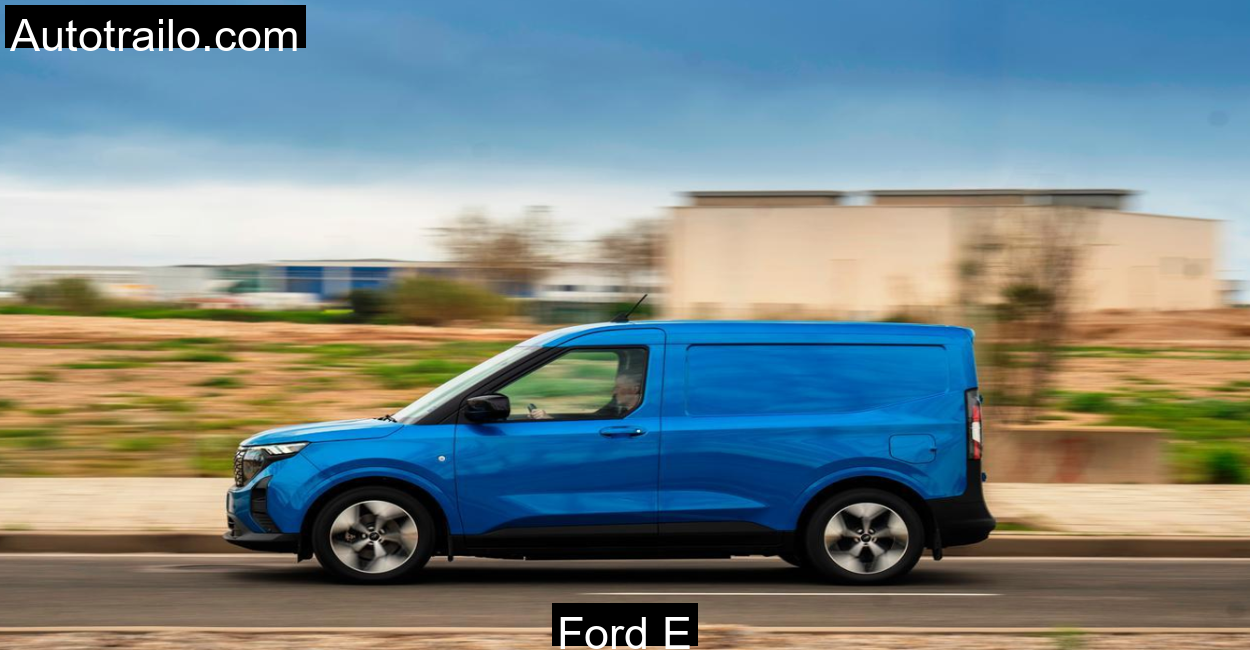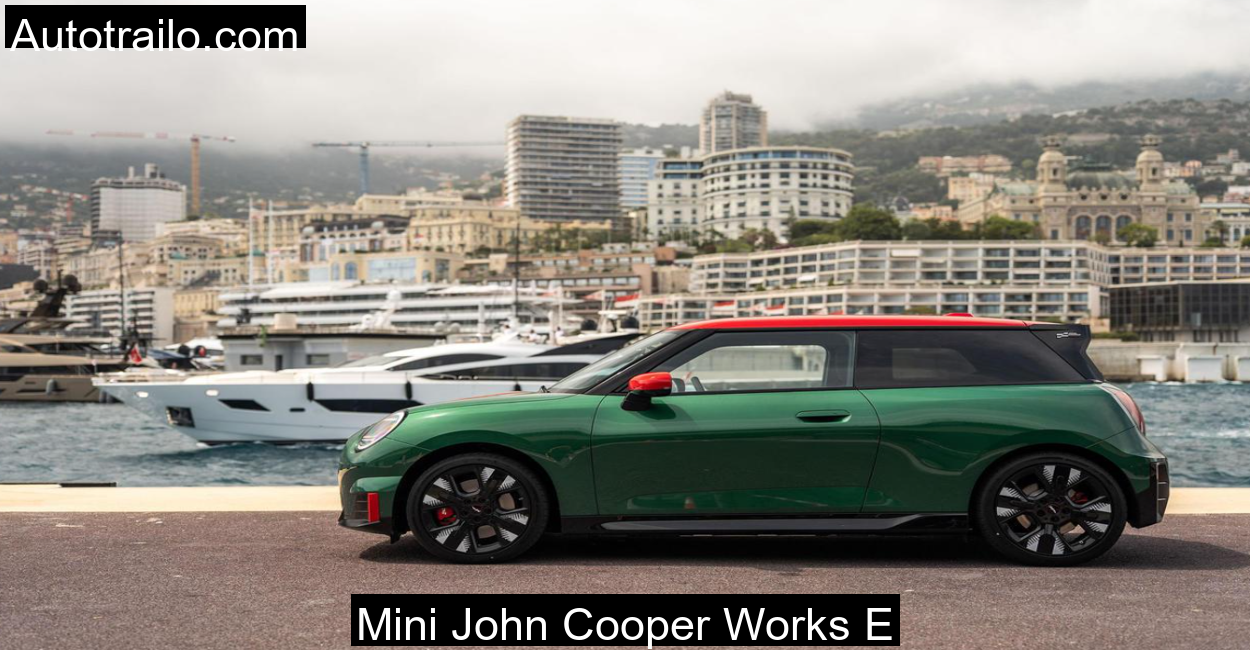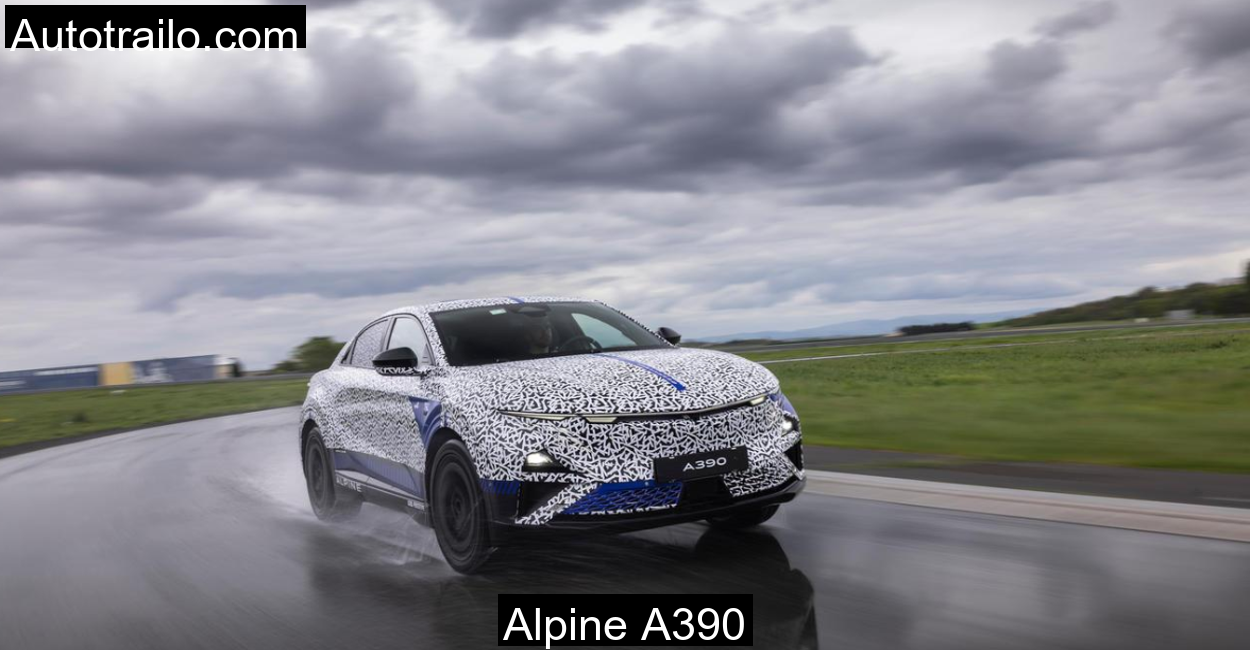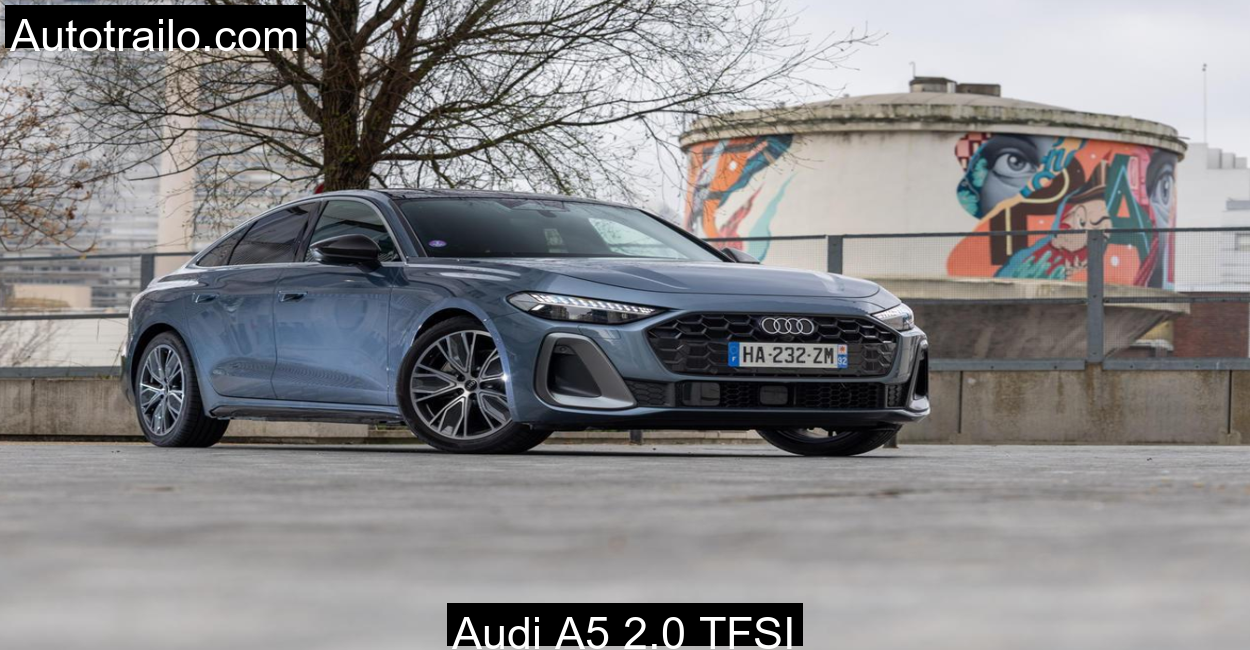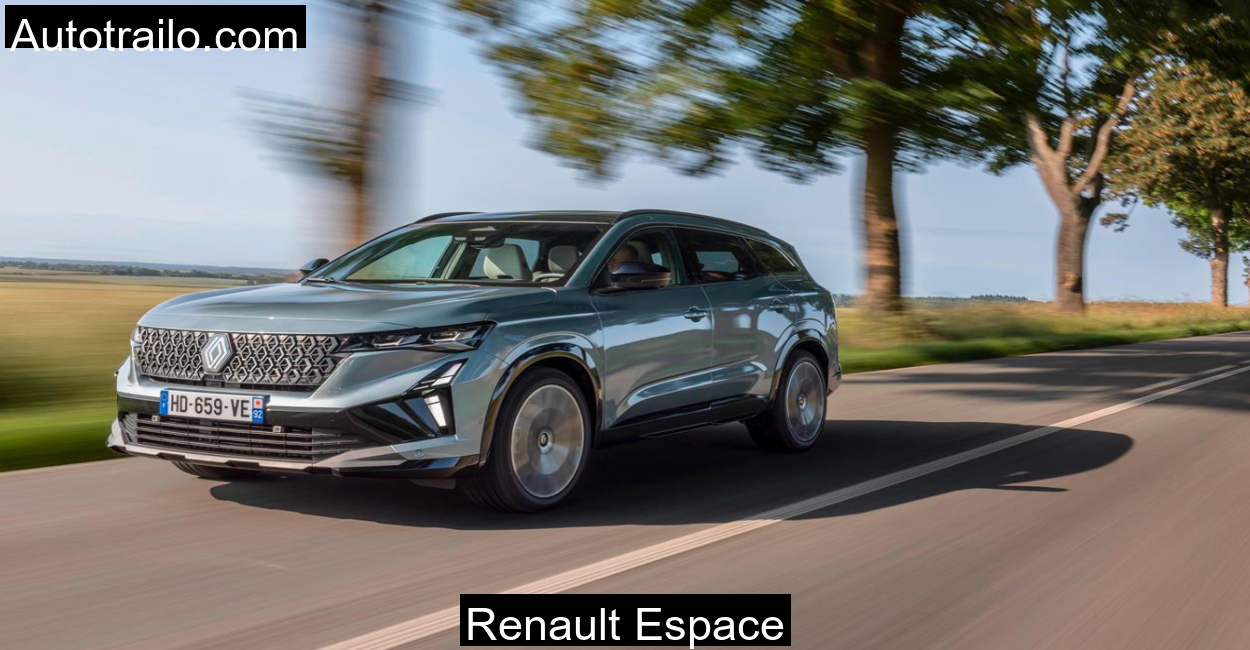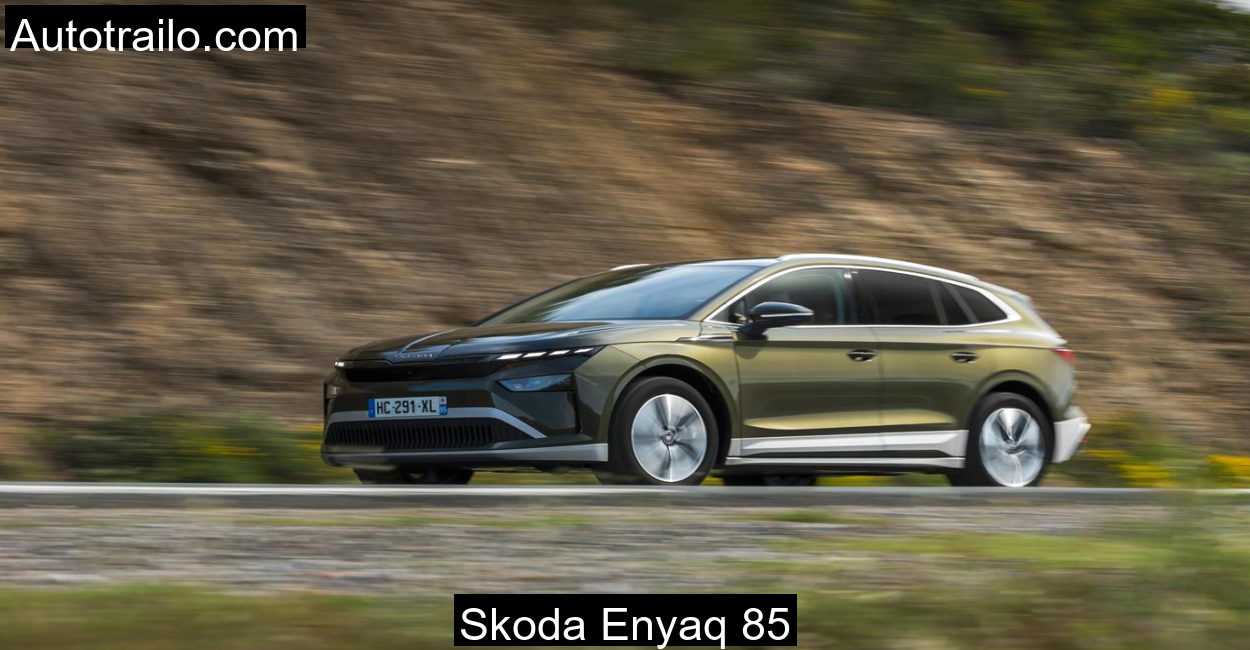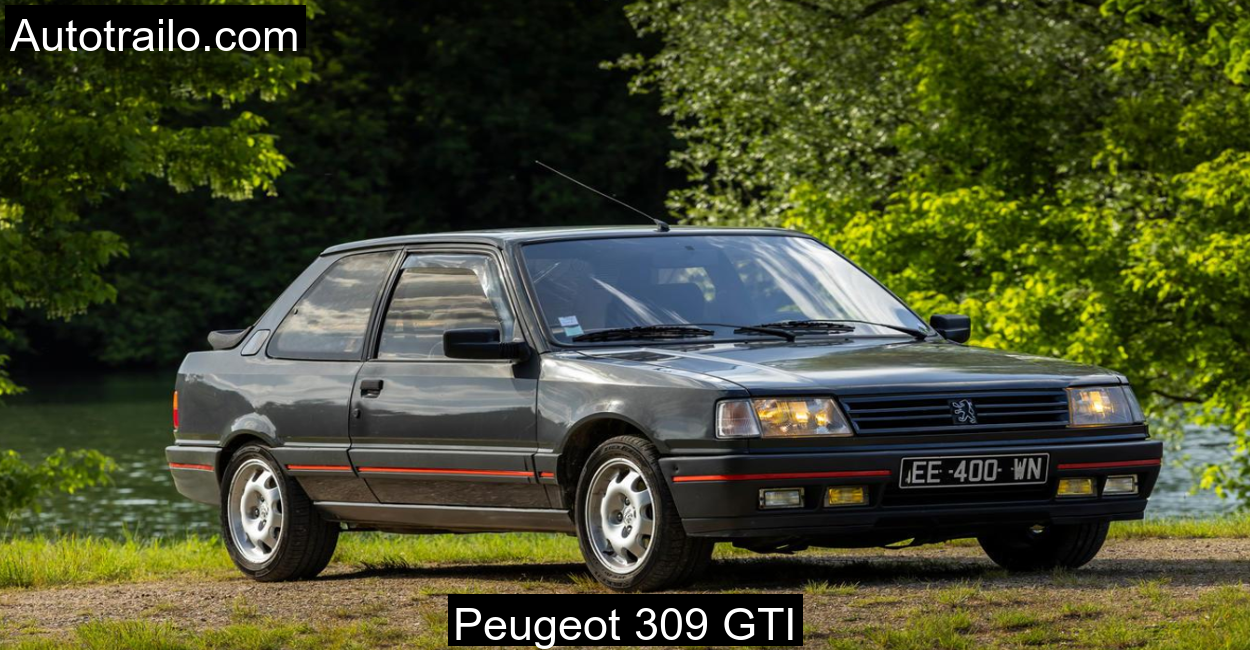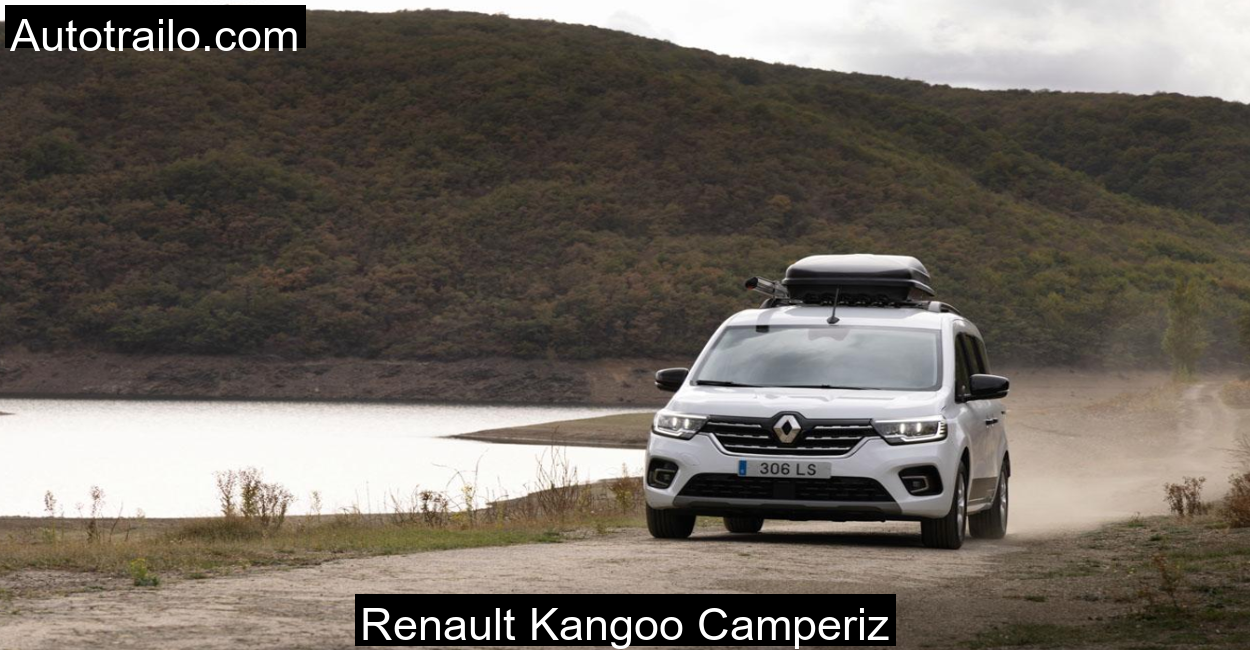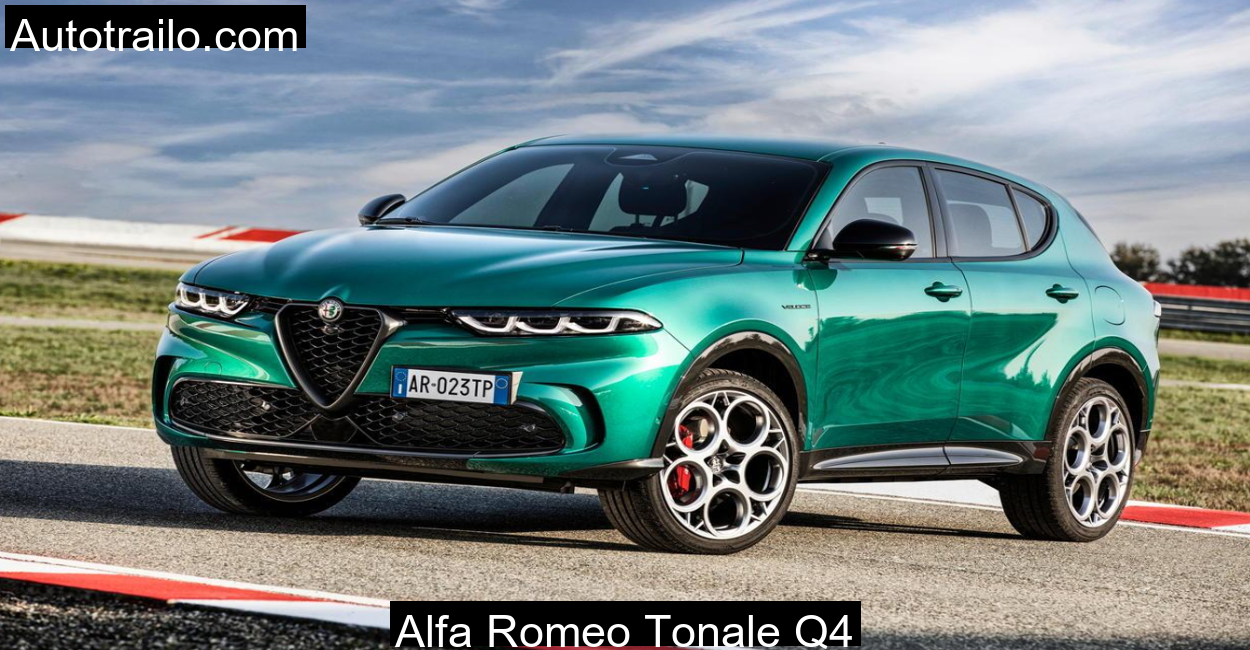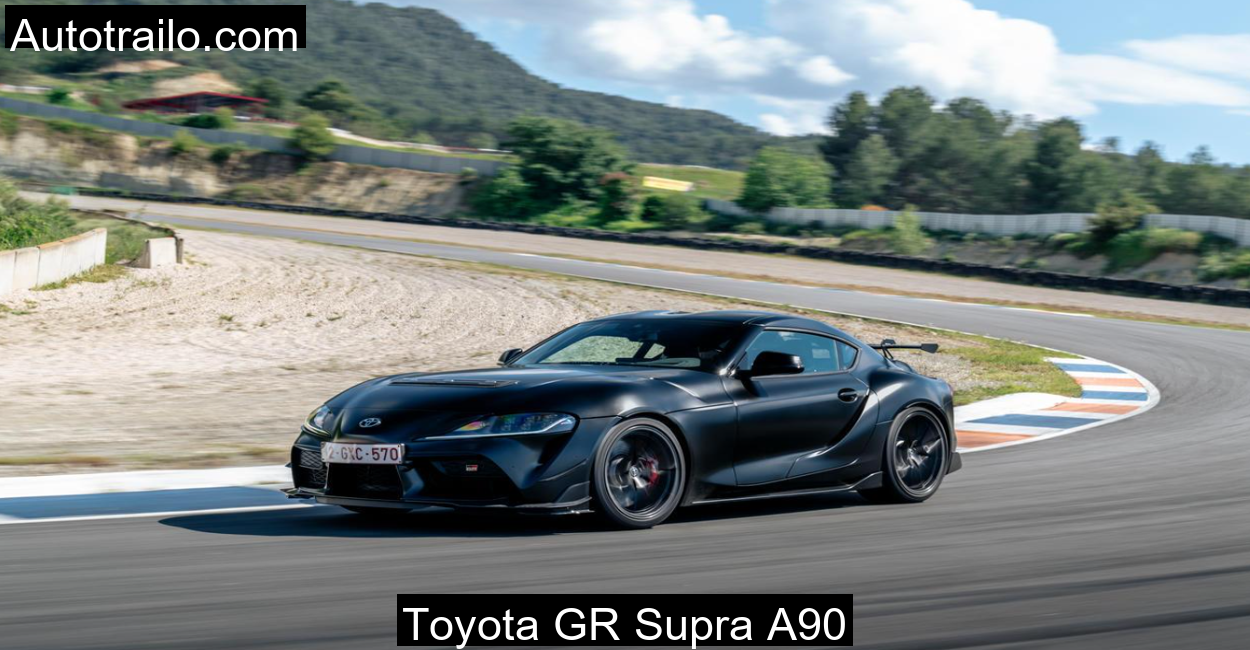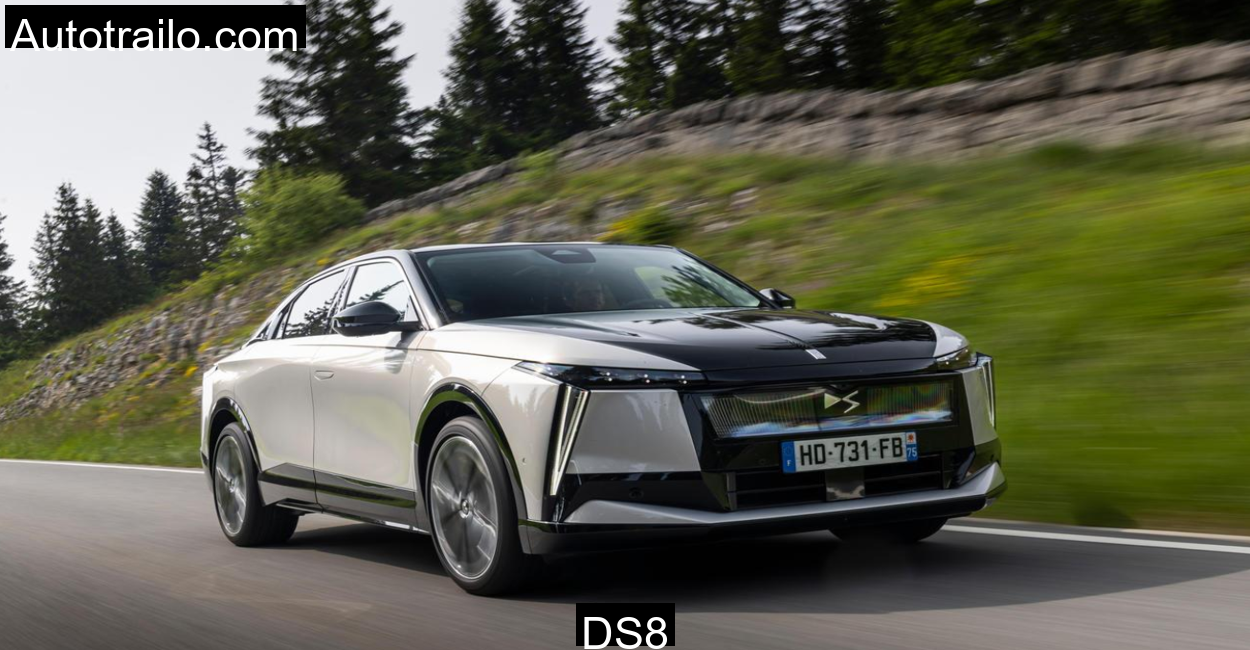Meghalaya has always felt like a place out of a dream. The road from Shillong to Cherrapunji, cloaked in clouds and hugged by velvet hills, offers more than just a scenic drive. It provides a stage where machines are tested not just for their numbers, but for their adaptability, comfort, and character. Into this misty landscape came the 2025 Ford E-Transit Courier, a compact electric van designed for urban logistics, yet brave enough to step beyond the city limits.
Ford’s latest iteration of the Transit Courier has traded combustion for current. With a 43 kWh usable battery and a motor outputting 136 horsepower, it is tuned for everyday work, not mountain sprints. But what happens when you ask it to traverse twisting mountain roads, steep descents, and unpredictable weather? That was what I set out to discover, loading it with light gear and pointing its LED-banded nose toward Cherrapunji.
This journey isn’t about aggressive cornering or high-speed exploits. It’s a real-world evaluation in an unpredictable environment, where weather and topography meet electric torque and a surprisingly well-damped chassis. For a van designed to ferry cargo in tight cities, the Courier had quite the challenge ahead.
Table of Contents
Technical Specifications Table
We verify every Ford technical point with information pulled from their original, official site.
| Specification | Details |
| Length | 4,343 mm |
| Width | 1,876 mm |
| Height | 1,800 mm |
| Wheelbase | 2,692 mm |
| Empty Weight | 1,624 kg |
| Maximum Payload | 626 kg |
| Useful Cargo Volume | 2.91 m³ |
| Engine Type | Electric (Permanent Magnet) |
| Power Output | 136 hp |
| Torque | 290 Nm |
| Transmission | Front-wheel drive |
| 0-100 km/h Acceleration | 10.7 seconds |
| Top Speed | 145 km/h |
| Usable Battery Capacity | 43 kWh |
| WLTP Range | 300 km |
| Charging (11 kW AC, 10-100%) | 5 hours 30 minutes |
| Charging (DC >100 kW, 10-80%) | 23 minutes |
| Country of Manufacture | Romania |
Setting Off from Shillong: First Impressions
Early morning fog blanketed the pine-lined streets of Shillong as I eased the E-Transit Courier out of the guesthouse parking. At just over 4.3 meters long, it fits more like a hatchback than a traditional van, making it easy to maneuver through narrow city lanes. The electric powertrain was silent, which meant I could hear the soft chirping of birds and the buzz of market activity as the town slowly came to life.
The Courier’s digital cockpit welcomed me with a clean layout. At the heart of the dashboard, the Sync 4 display stood out, effortlessly integrating with Android Auto for smooth connectivity. Its user interface wasn’t revolutionary, but it was snappy and practical. The rotary gear selector fell to hand effortlessly, and though the seat felt narrow for a longer journey, its upright posture was supportive.
As I left the outskirts of Shillong, I switched to “One Pedal Drive” mode. This regenerative braking setup was ideal for hill driving, offering controlled deceleration without constantly moving my foot between pedals. It took some adaptation, but within fifteen minutes, I was timing corner entries and descents with just a lift of the foot. It became second nature quickly, and I began to appreciate just how calm the Courier felt in traffic and downhill sections alike.
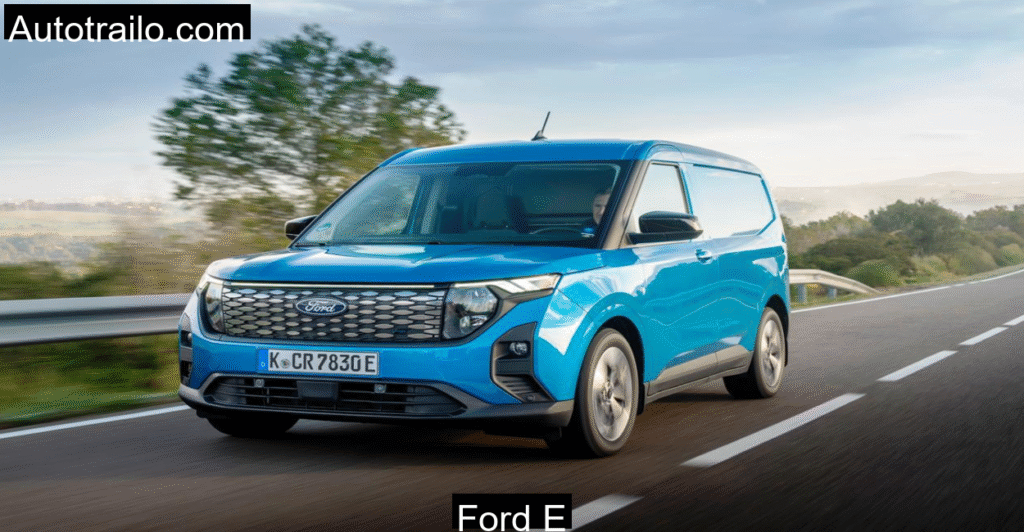
Climbing the Highlands: Torque Where It Matters
Past Mylliem, the incline steepens and the corners tighten. This is where many electric vehicles start to feel out of breath, especially those without an aggressive torque curve. The Courier, though no sprinter, held its ground with confidence. With 290 Nm delivered instantly, it never felt labored. What surprised me most was how it masked its 1.6-ton weight.
Sure, acceleration wasn’t brisk, but it was sufficient. On steep ascents, I never needed to floor it. The throttle mapping was well-calibrated, allowing for precise modulation. What’s more, the front-wheel-drive layout combined with 215/55 R17 tires meant grip was always predictable.
The suspension setup deserves a special mention here. In its diesel avatar, the Courier had a tendency to crash over imperfections, especially when unladen. But in this electric variant, the extra battery weight seems to have mellowed that behaviour. It handled road imperfections with ease, maintaining composure without sacrificing its overall sense of control. This balance made the van not just capable, but actually pleasant to drive through mountain passes.
The Descent into Sohra: Regen Braking Masterclass
Once the highest point was crested near Mawkdok, the descent began. Sharp hairpins and sudden gradients define this stretch, and the weather had turned moody, with a drizzle coating the blacktop. I kept the regenerative braking in its most aggressive setting and rarely touched the brake pedal over the next ten kilometers.
The system felt intuitive and trustworthy. Unlike some EVs where strong regen can be too abrupt, the Courier’s was progressive. It not only slowed the vehicle smoothly but also added back a few kilometers of range. The visual feedback on the dash was addictive, constantly updating the power flow as I feathered the throttle or coasted downhill.
Steering feel, while on the lighter side, was precise. I wouldn’t call it communicative, but for a van in this class, it’s impressive. The Courier tracked true through tight bends, and the low center of gravity aided confidence. It did roll a bit more than a car would, but far less than its high-roof silhouette might suggest.
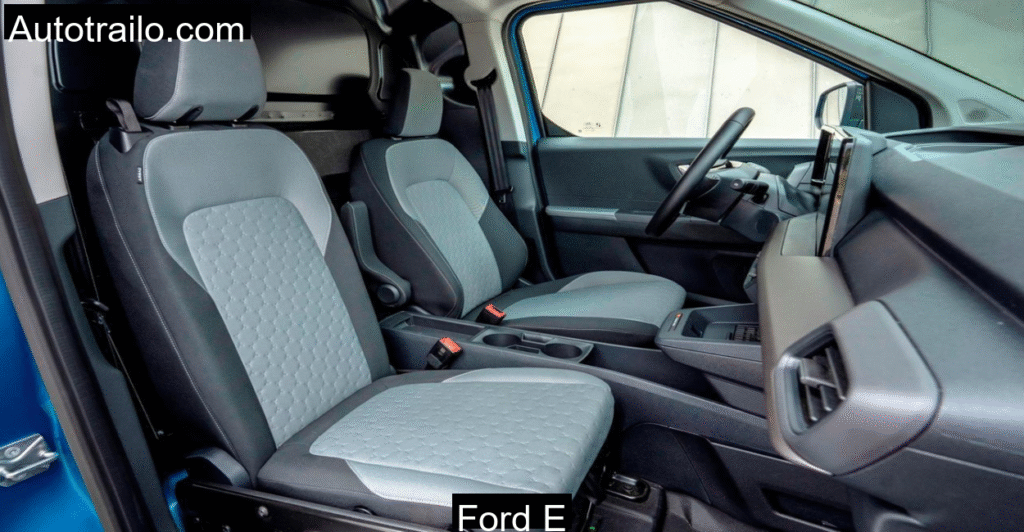
Charging Stop in Cherrapunji: Practical Realities
I arrived in Cherrapunji with 37 percent battery remaining, having driven just under 70 kilometers. The predicted range was accurate, even accounting for elevation changes. My average consumption stood at 14.9 kWh/100 km, remarkably close to the WLTP figure.
While public charging infrastructure is still sparse in this region, I had arranged a private 11 kW AC charger at a local eco-resort. The Courier accepted the connection instantly and began juicing up at full capacity. The front-mounted charging port with its clear status LEDs made the process effortless. Ford’s decision to retain the compact charging cable in a neat compartment under the hood (frunk) is thoughtful, as it frees up cargo space in the rear.
Even after a few hours of driving, the cabin remained a quiet cocoon. No rattles, no panel squeaks, just the occasional hum from the HVAC. The doors shut with a reassuring thud, and the rubber insulation seemed to do a fine job of muffling external noise. For a van, this level of refinement was unexpected.
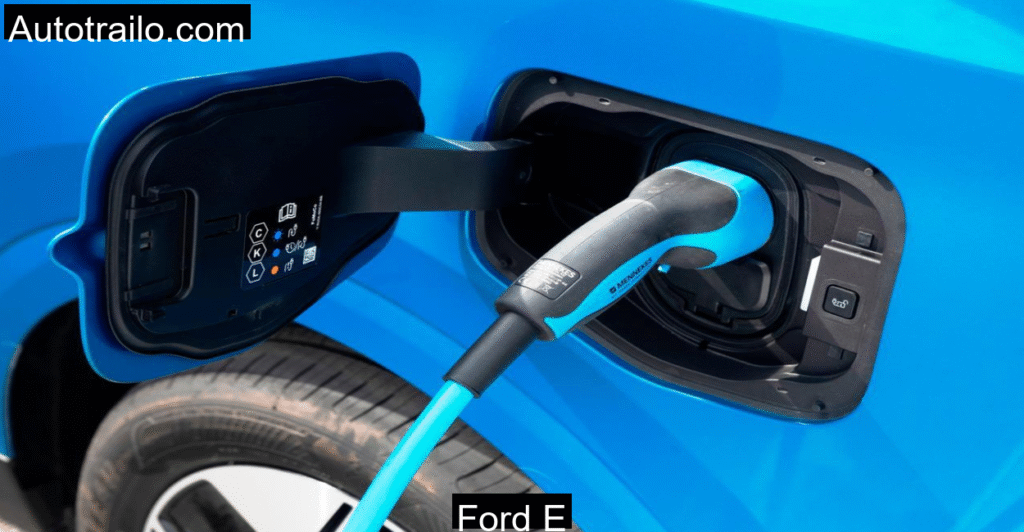
Function Meets Form: Utility without Compromis
Though the Courier wears a van badge, it does not feel utilitarian in a bare-bones sense. The cargo bay was wide enough for my camera equipment, tripods, a folding bicycle, and still had room to spare. The partition behind the seats could be folded flat for longer items, although the folding passenger seat lacked adjustability and comfort.
The sliding side door, while functional, felt narrower than ideal when loading bulkier items. But in daily use, it sufficed. Rear access was simple and the loading height was ergonomic. If Ford improves the side aperture in future iterations, it would elevate the van’s practical score even higher.
Driving aids like blind spot monitoring, rear-view camera, and lane assist were present and worked consistently. These came in handy on Shillong’s crowded streets and Cherrapunji’s foggy stretches, where visibility often dropped below ten meters.
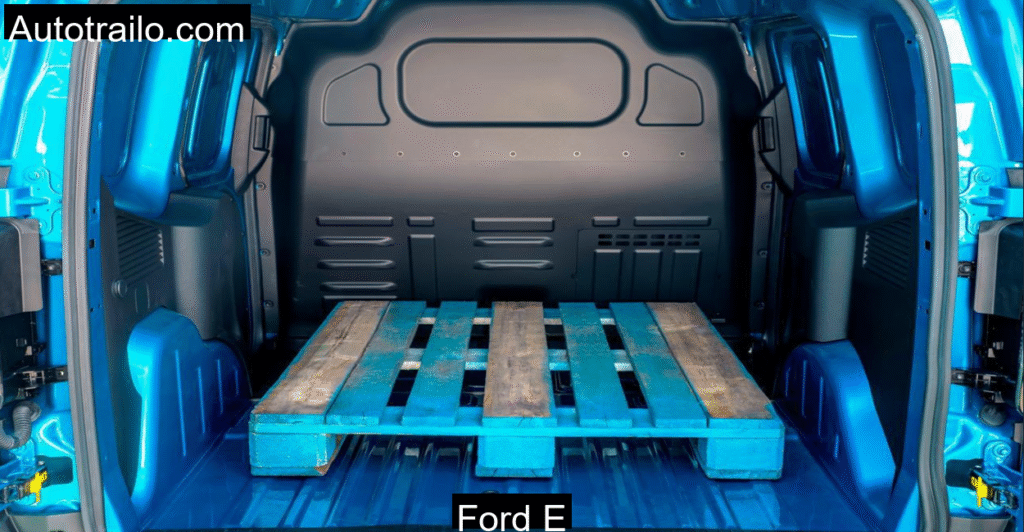
Conclusion: Small Van, Big Impression
As I watched clouds roll over the edge of the plateau and soaked in the view from Dainthlen Falls, I couldn’t help but be impressed by the Ford E-Transit Courier. It didn’t try to be a hot hatch or a rugged SUV. It was unapologetically practical, but with finesse.
The EV drivetrain felt naturally in sync with the hilly route, while the chassis confidently adapted to every challenge the road presented. For urban logistics professionals looking for an EV that can handle more than just metro commutes, this Courier makes a compelling case. And for road-trippers like me, who occasionally trade expressways for winding hill trails, it proves that even a compact cargo van can deliver a satisfying and clean driving experience.
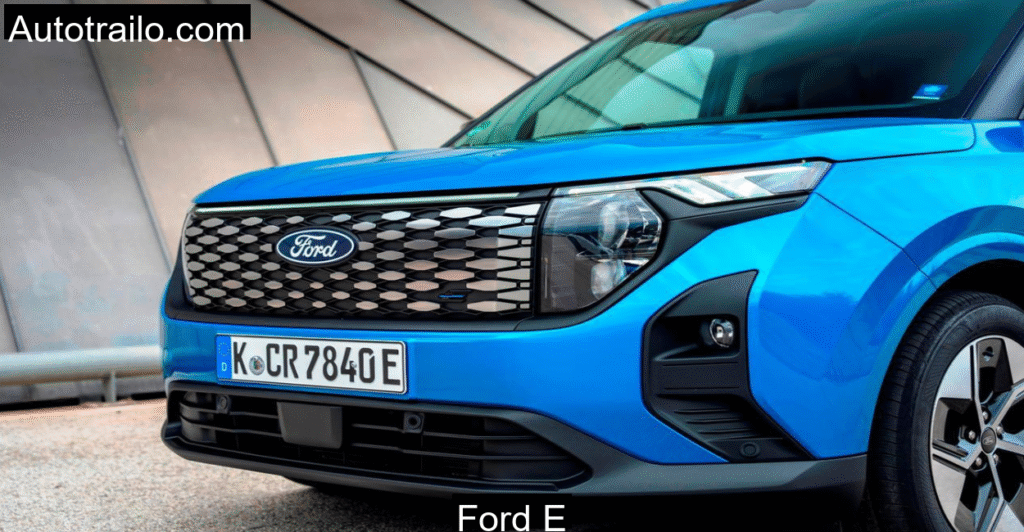
Frequently Asked Questions
How far can the Ford E-Transit Courier really go on a full charge?
In my real-world testing across hilly terrain, it comfortably managed around 250 kilometers with 37 percent charge remaining. While Ford claims 300 kilometers WLTP, expect a practical range of 230 to 270 km depending on topography and load.
Does the regenerative braking feel natural in the hills?
Yes. The “One Pedal Drive” mode is particularly effective on descents. It provides ample deceleration without the jerkiness some EVs exhibit. It also recharges the battery efficiently during such stretches.
Is the cargo space compromised in the electric version?
Not significantly. The usable volume remains at 2.91 cubic meters. However, the side sliding door could be wider for easier loading of bulkier cargo.
How does it compare to diesel or petrol counterparts on mountain roads?
The E-Transit Courier delivers a calmer and significantly quieter experience behind the wheel. It lacks the grunt of turbo-diesels on open highways but makes up for it with torque, smoothness, and better suspension compliance, especially on rough roads.
Would you recommend it for personal adventure travel?
If your journeys are mostly within 250 kilometers per day and you appreciate quiet, comfortable cruising with generous storage, it’s a surprisingly fun and functional companion. Just plan your charging stops well in advance.
